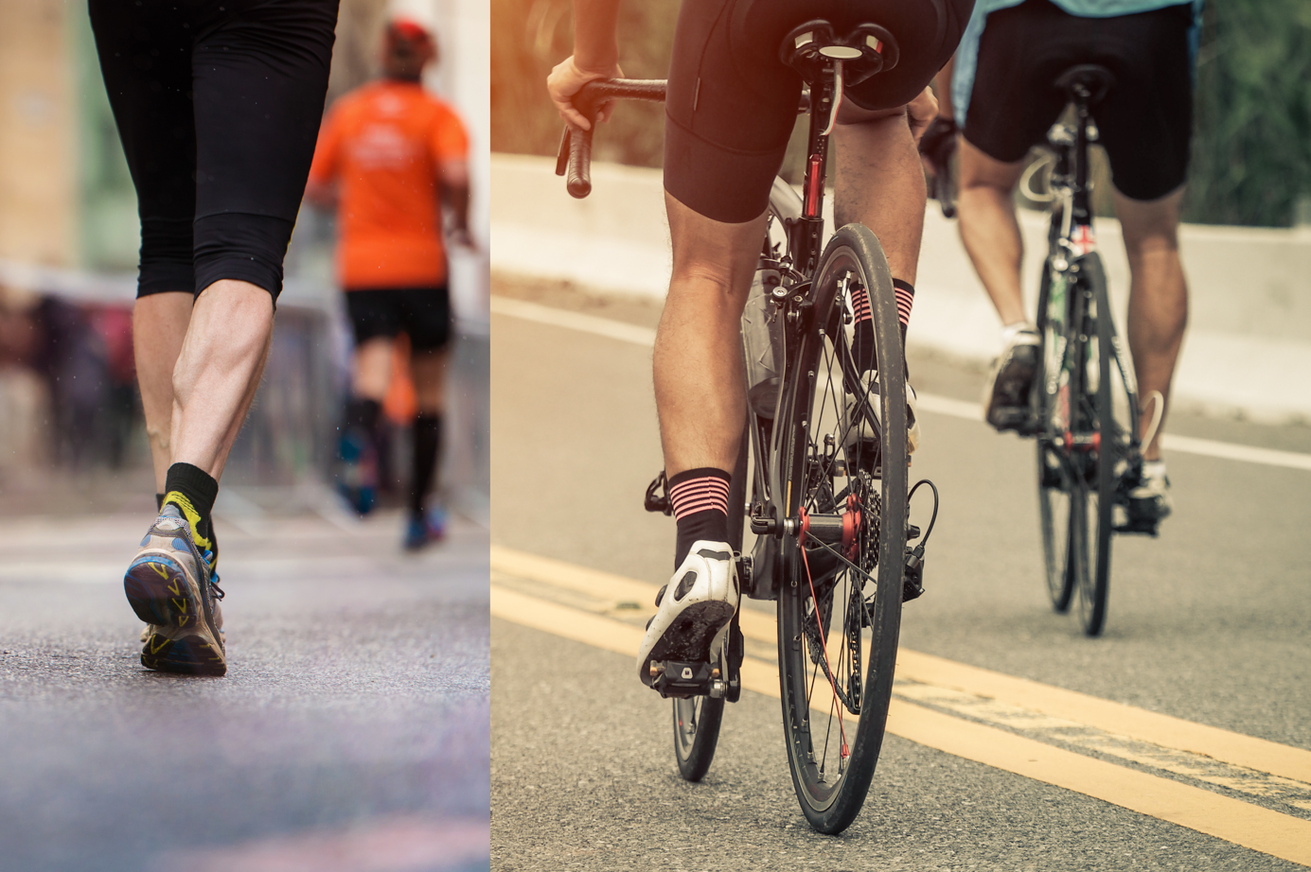UNIVERSITY OF KOBLENZ
Universitätsstraße 1
56070 Koblenz

This article is available athttps://doi.org/10.1098/rsos.240037.
This aspect is known as pennation - "penna" is the Latin word for "feather". Muscles are not just lumps of tissue, they have complex designs that optimise how they generate force. One of the most fascinating designs is the pinnate muscle architecture. In pinnate muscles, the muscle fibres are arranged at an angle to the tendon, similar to the plume of a feather. This arrangement may seem inefficient at first glance, as not all muscle fibres are oriented in the direction of the desired force exertion. However, this design is an ingenious evolutionary solution to maximise strength.
The main advantage of pinnate muscles is that they can accommodate more fibres in a given muscle volume, but at the expense of a shorter length. By arranging more fibres at an angle, pinnate muscles can increase their cross-sectional area, which is directly related to force production. This increased cross-sectional area, known as the physiological cross-sectional area (PCSA), is one of the best indicators of a muscle's ability to generate force. Essentially, the more muscle fibres working side by side, the greater the force the muscle can produce.
However, there is a known trade-off: while pinnate muscles excel at force production, they are not as efficient for speed. This is because the inclined fibres shorten less during muscle contraction, which limits the overall contraction speed of the muscle.
The new study has now identified a second design criterion: the ratio between the length and thickness of the muscles. Being longer than thicker allows more fibres to work in parallel at a constant volume. With the help of mathematical-geometric models, the researchers showed that for a given ratio of length to thickness, there is an optimal angle of the fibres to enable maximum force production. They called this phenomenon the mechanical pennation advantage or pennation mechanical advantage (PMA).
The important muscle for sprinters and cyclists: Musculusgastrocnemius
As the calf muscle (gastrocnemius muscle) is relatively short, it is not ideal for a pinnate design, although its fibres are arranged at a slight angle. In fact, the researchers found that the extensors of the leg that cross only one joint - the ankle (soleus muscle), knee (vastus lateralis and medialis muscles) and hip (gluteus maximus and medius muscles) - have pinnation angles that are closest to the theoretical optimum and therefore have the highest PMA. They are designed to generate as much force as possible within the volume anatomically allocated to them. These muscles increase their contraction force to up to six times the force they would have if they were not feathered. The gastrocnemius muscle, on the other hand, is essentially a two-joint muscle equipped with a long tendon - features that facilitate motor control and fast movements.
The future of muscle research
The concept of pennation is not only fascinating for biologists - it also inspires new approaches in biomechanics and robotics. One could think about better training methods for athletes, improved rehabilitation techniques for injuries and even more efficient designs for robots and prostheses that mimic human movements, provided they utilise artificial muscle actuators. While research into muscle architecture continues, it turns out that nature has optimised our muscles in ways that are both sophisticated and efficient. The clever, feathered design of some of the leg muscles is a natural engineering feat that has been perfected over millions of years.